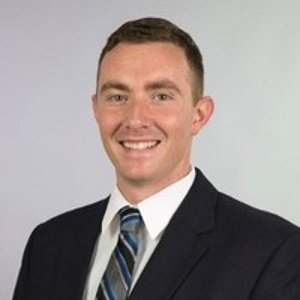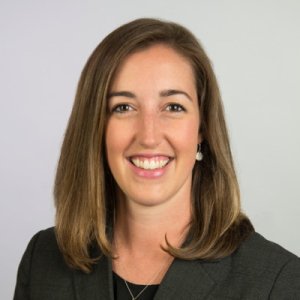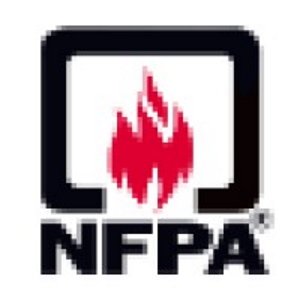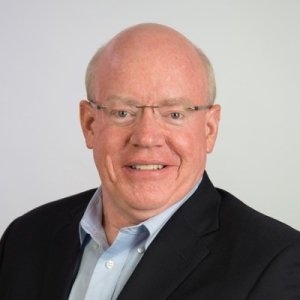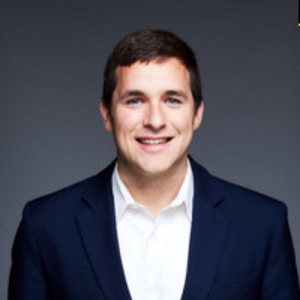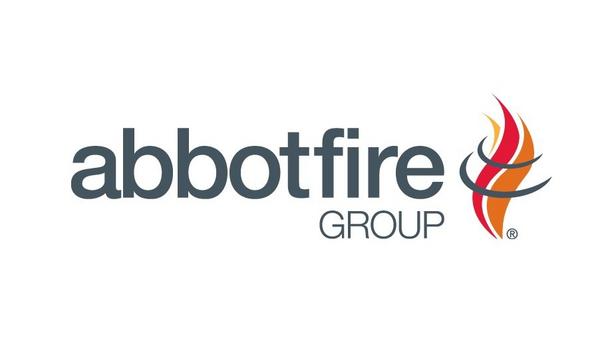On Tuesday, October 5, the National Fire Protection Association (NFPA) will host Keeping Hazardous Environments Safe, a conference for those who work in industrial settings, the chemical and petrochemical sectors, emergency management, plant operations, occupational health and safety, code enforcement, the fire service, and the energy field.
The one-day program will feature educational sessions, industry roundtable discussions, networking opportunities, live chat exchanges, sponsor demonstrations, and more. Attendees will learn about the safe handling, storage, and transportation of hazardous materials, as well as the precautions that need to be taken when working with Energy Storage Systems (ESS), natural gases, flammable liquids, fuel gases, petroleum, combustible dust, hot work, and more.
The Keeping Hazardous Environments Safe conference is the 5th in the virtual NFPA 125th Anniversary Conference Series, which replaced the traditional in-person 2021 Conference & Expo with eleven online conferences over a year’s time. The event, which can be attended on the scheduled date or accessed later, will cover a wide range of topics and feature an impressive lineup of well-known industry subject matter experts.
Conference discussion topics
Here is what is on tap:
- Hot Work in Industrial Facilities - Laura Moreno, NFPA Standards Lead, Industrial and Chemical Safety, and Kevin Carr, NFPA Specialist
- NFPA 30: The Risk Management Paradigm of Ignitible (Flammable and Combustible) Liquids and Your Facility - Mike Marando, NFPA Senior Engineer, NFPA 30 Staff Liaison and Alwin Kelly, Senior Engineer, Jensen Hughes, NFPA 30 Technical Committee Member
- NFPA 30: Revisiting Fire Risks of Composite IBCs; A Global View - Mike Snyder, DEKRA Process Safety and Nicolas Lochet, Allianz Global Risk Consulting
- NFPA 54, Working Safely with Fuel Gas - Guy Colonna, Principal Engineer, FSL Consulting LLC
- NFPA 58: An Ongoing History of Taming the Flame - Bruce Sweicicki, P.E., Senior Technical Advisor, NPGA
- Emergency Preparedness for Industrial Facilities Near Communities - Bernard W. Leong, PE, Chief Fire Protection Engineer, Chevron, and Eric LaVergne, Williams Fire & Hazard Control/JCI
- Panel Discussion Part 1: Energy Storage Systems and Surprise, AZ - Bob Sullivan, NFPA Regional Director Southwest (Moderator), Brian O'Connor, P.E., Engineer, and other industry experts
- NFPA 652: Dust Hazard Analysis 101 - Chris Cloney, Ph.D., Managing Director, and Lead Researcher, DustEx Research
- Panel Discussion Part 2: Energy Storage Systems, Preventing Disaster – Bob Sullivan, NFPA Regional Director Southwest (Moderator), Brian O'Connor, P.E., Engineer, and other industry experts
- NFPA 715: Combustible Gas Dispersion Detector Location Analysis - Noah L. Ryder, Ph.D., PE, MBA, Managing Partner, Fire & Risk Alliance, LLC, and Scott Davis, President, and Principal Engineer, Gexcon
- Live! Industry Round Table: Putting it All On the Table - Jon Hart, NFPA Technical Lead, Principal Fire Protection Engineer (Moderator), Kirk M. Sander, Chief of Staff and Vice President, Safety and Standards, National Waste & Recycling Association, Bernard W. Leong, PE, Chief Fire Protection Engineer, Chevron, and Alwin Kelly, Senior Engineer, Jensen Hughes
Educating Professionals
Educate practitioners on the lessons learned, prescriptive processes, and holistic safety approaches to reduce risk “The last two years have been particularly unnerving when you consider industrial issues, chemical safety, and emerging technologies. There was the Beirut explosion, the ESS incident in Arizona, neighborhoods leveled by natural gas explosions, incidents at industrial facilities encroaching on communities, responders getting hurt, and other noteworthy challenges,” Monique Manning, NFPA Portfolio Manager for Emergency Response, Industrial & Chemical Safety and Emerging Technologies said.
“The experts we have assembled for the Keeping Hazardous Environments Safe conference are ideally suited to educate practitioners on the lessons learned, prescriptive processes, and holistic safety approach that can help to reduce risk.”
content Available Online
Attendees can tune in live to earn up to five credit hours (0.5 CEU) and earn an additional five credit hours on-demand for a total of 10 credit hours (1.0 CEU).
Alternatively, the content can all be viewed on-demand for a total of 10 credit hours (1.0 CEU). All programs will be available on-demand for up to a year starting on October 5.

